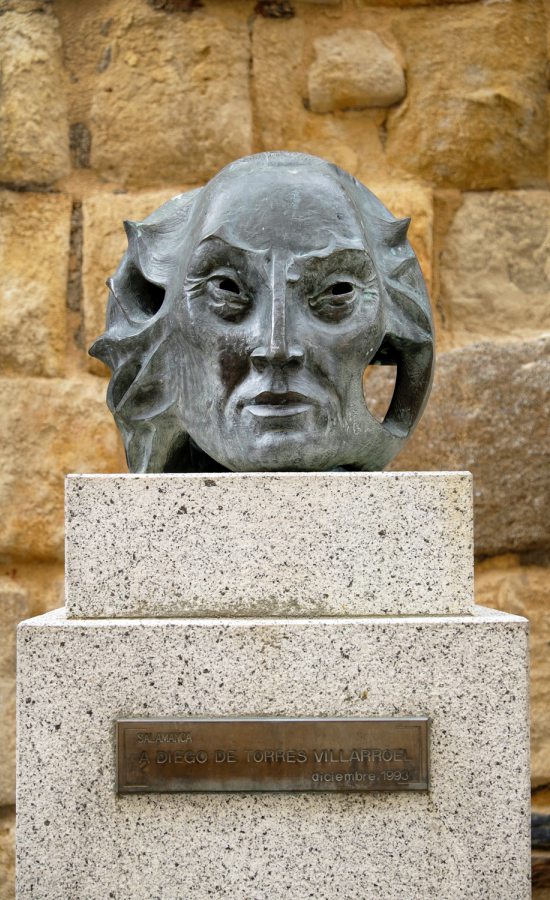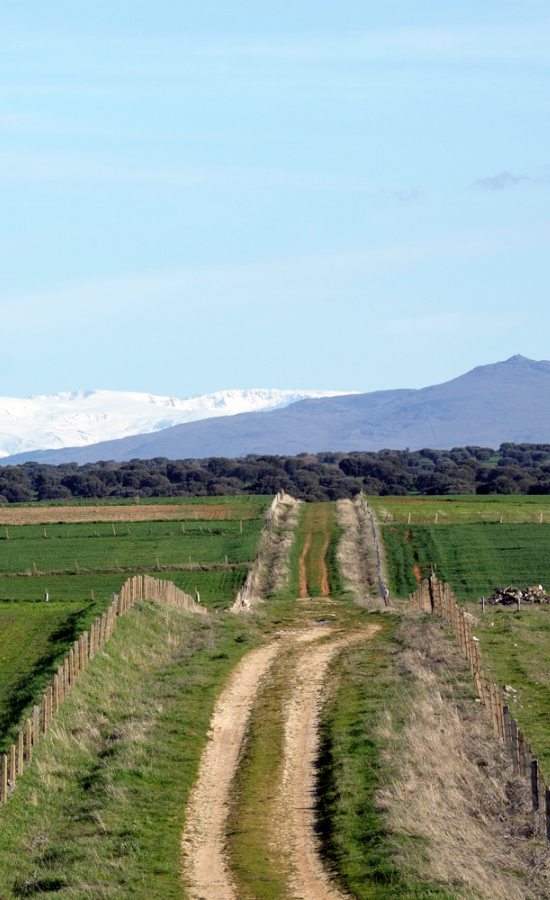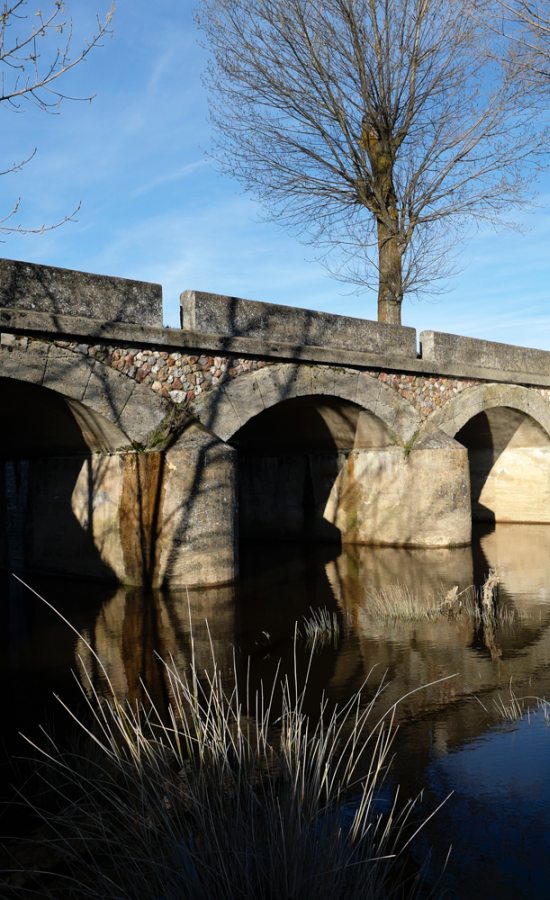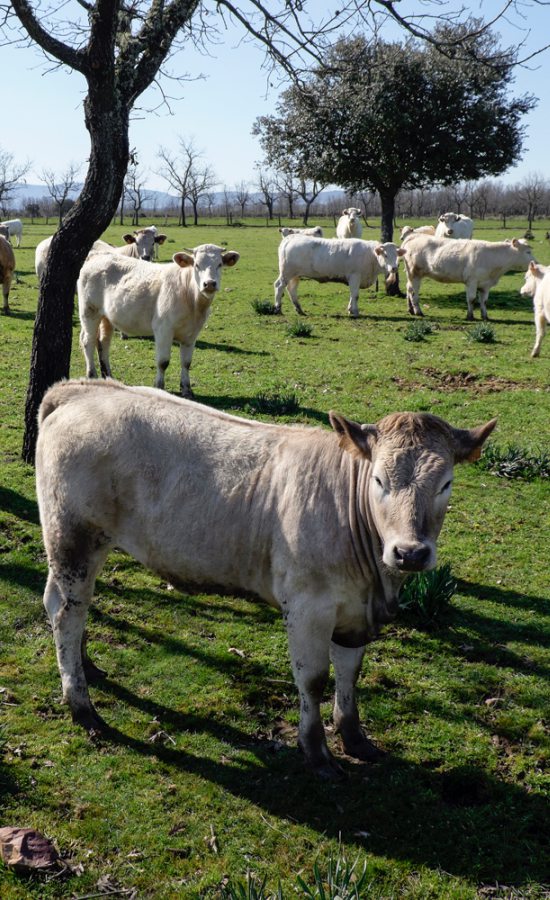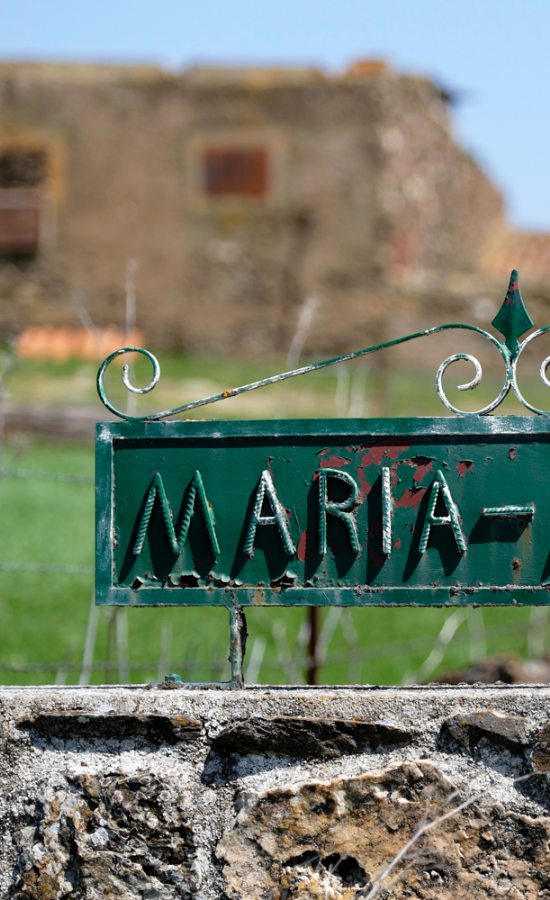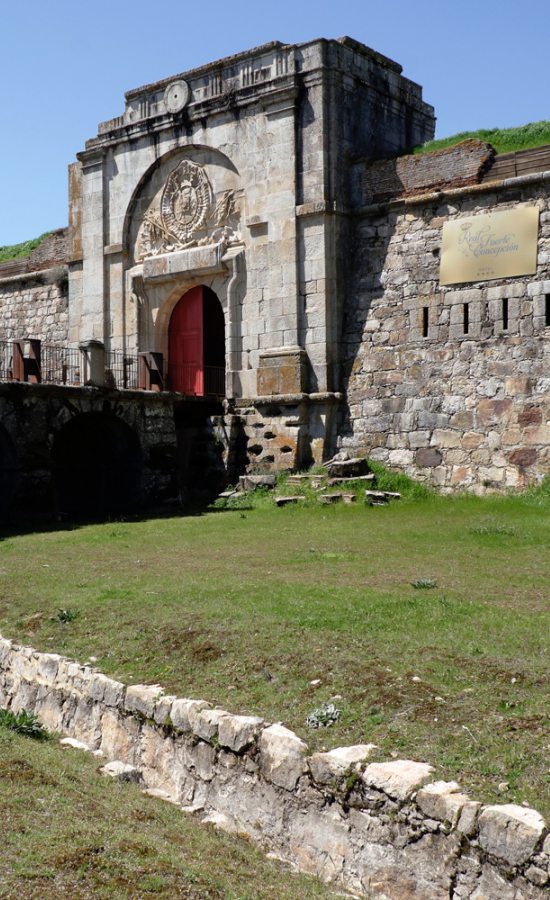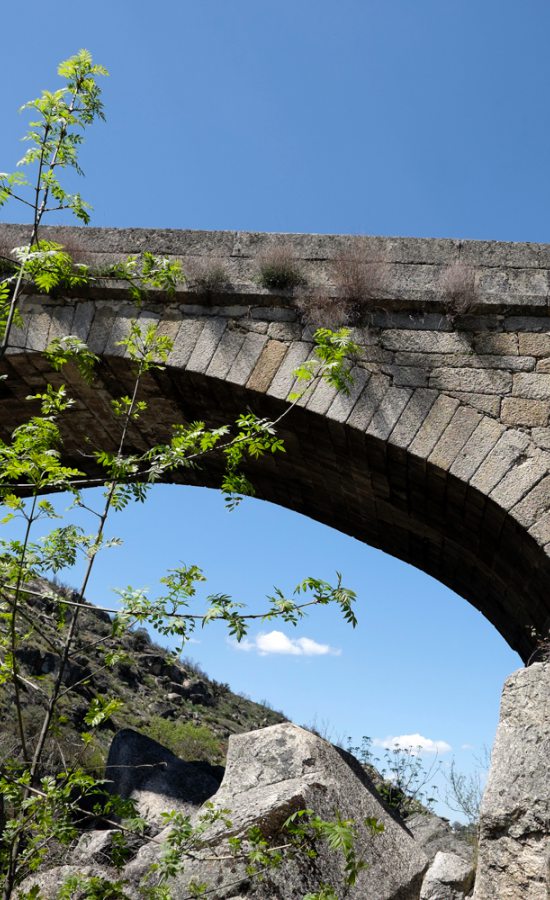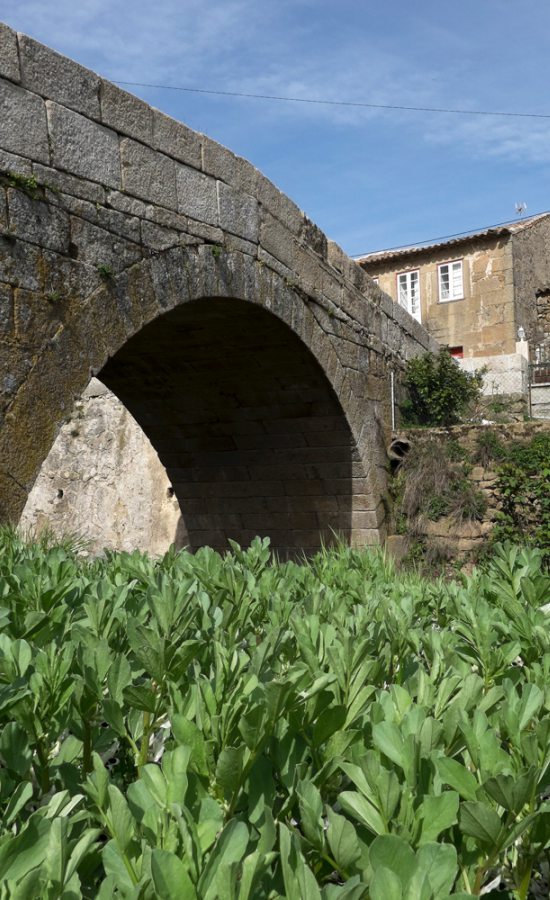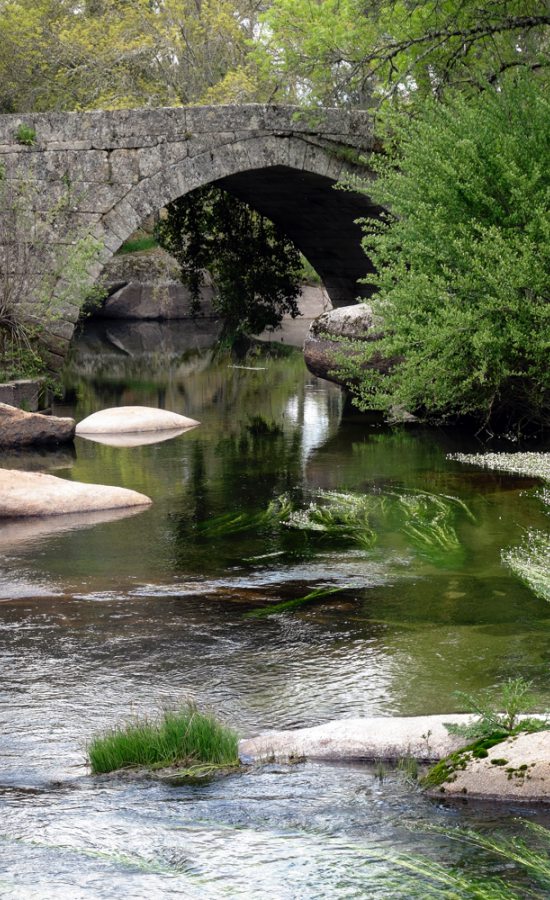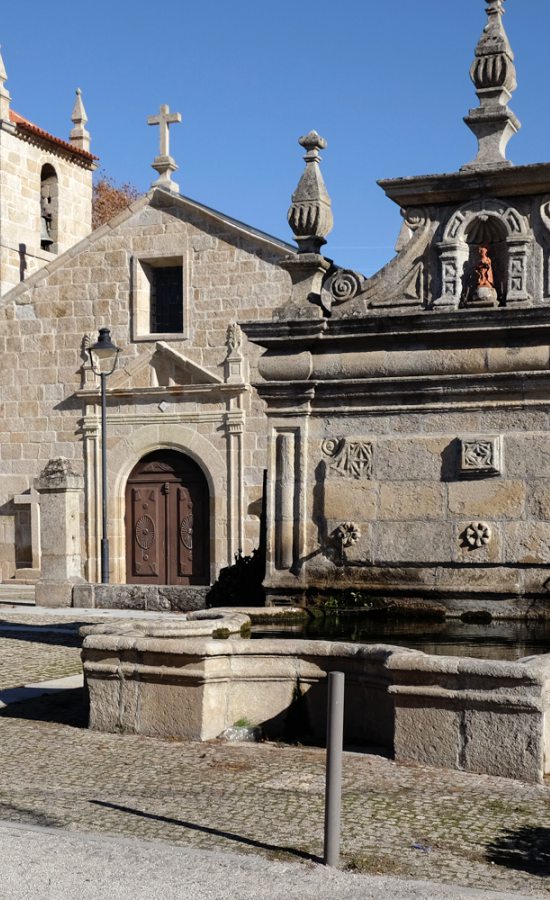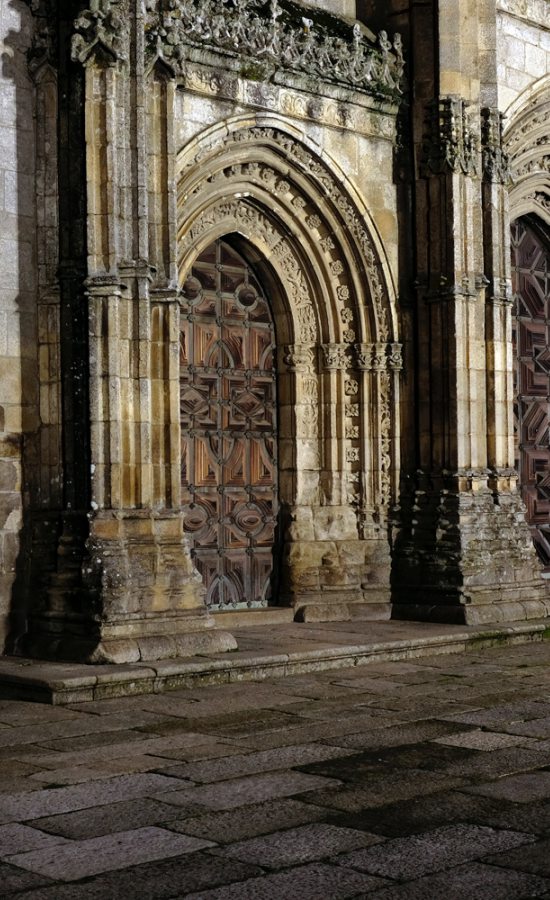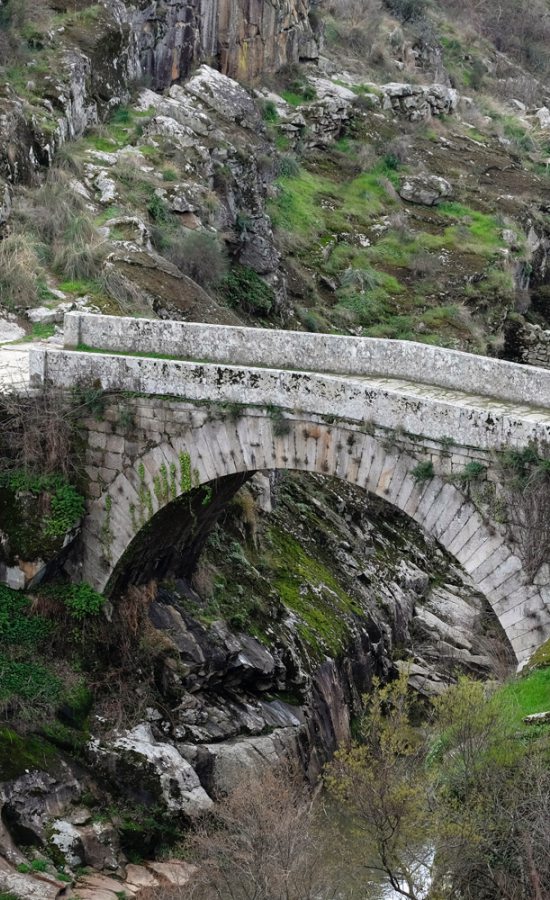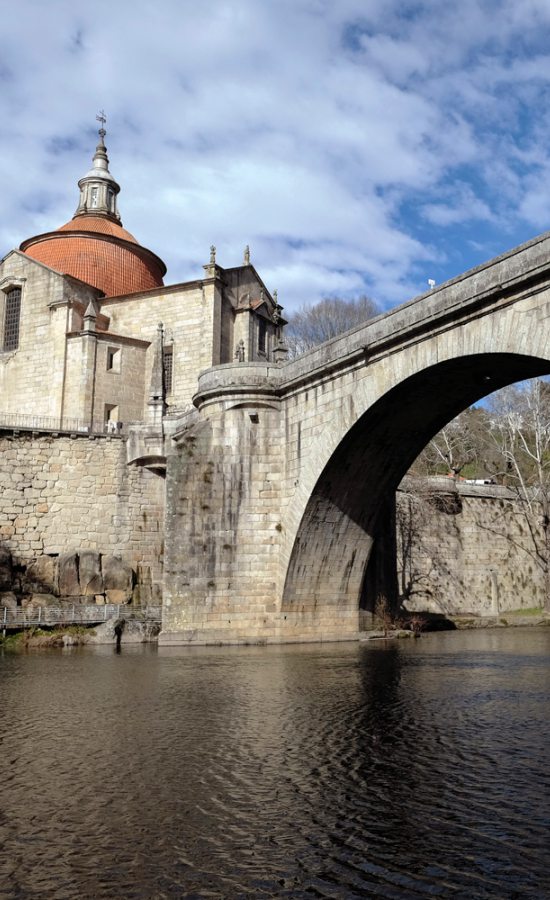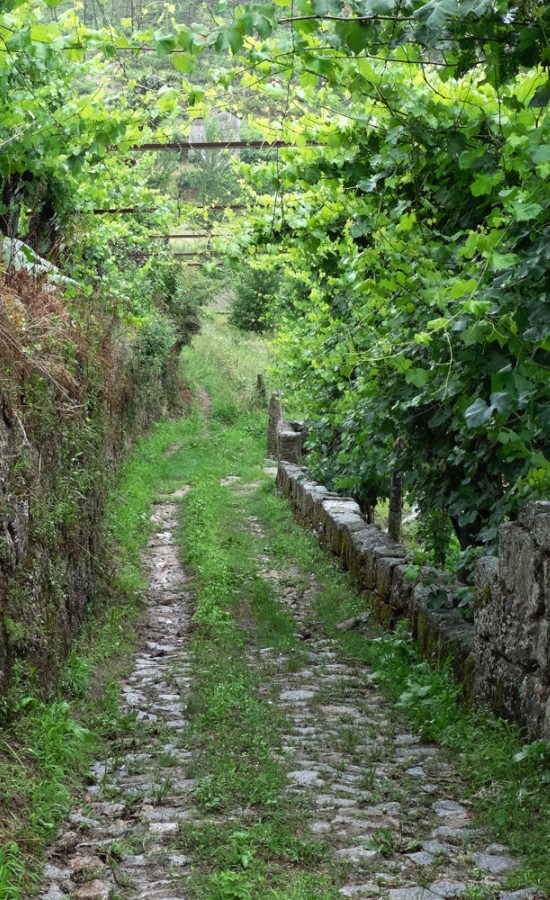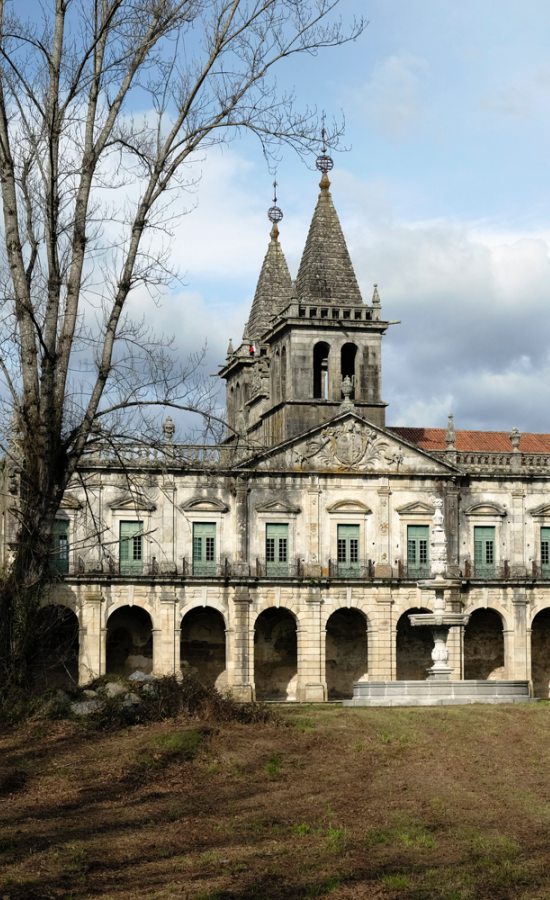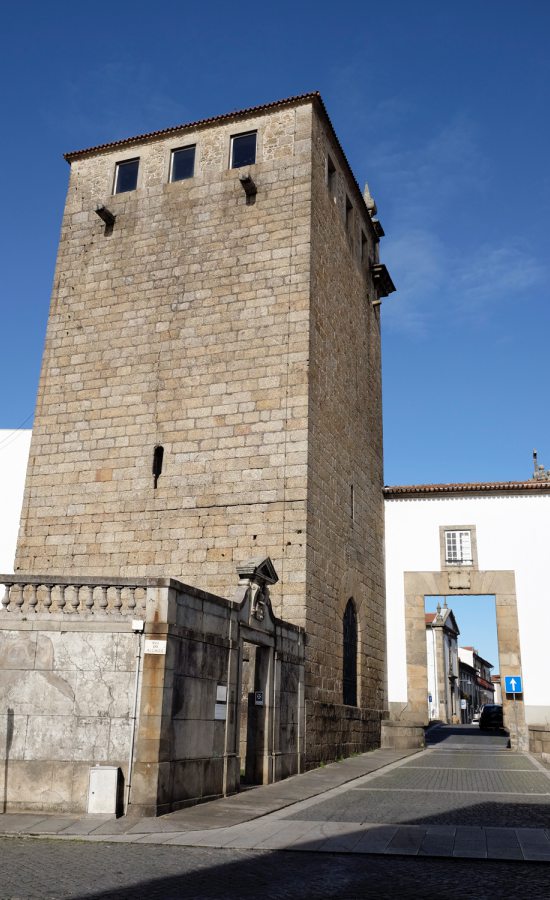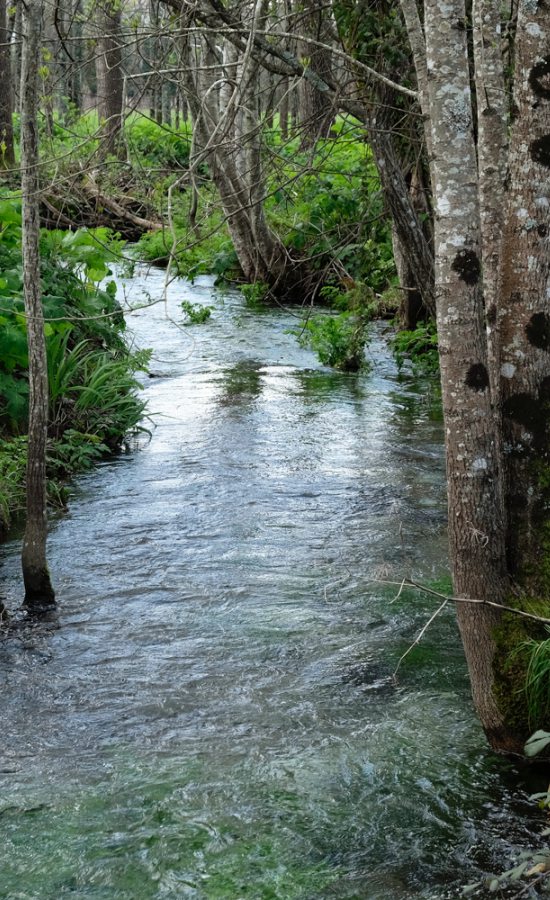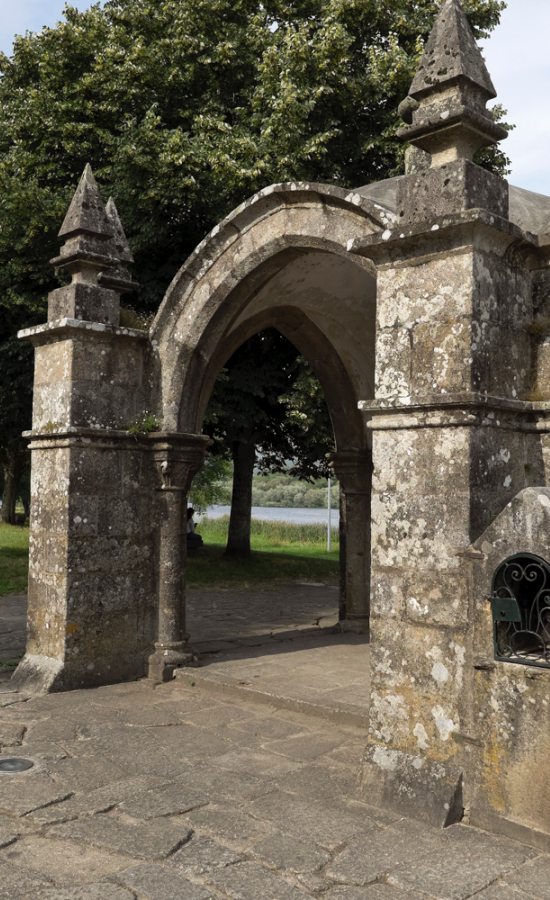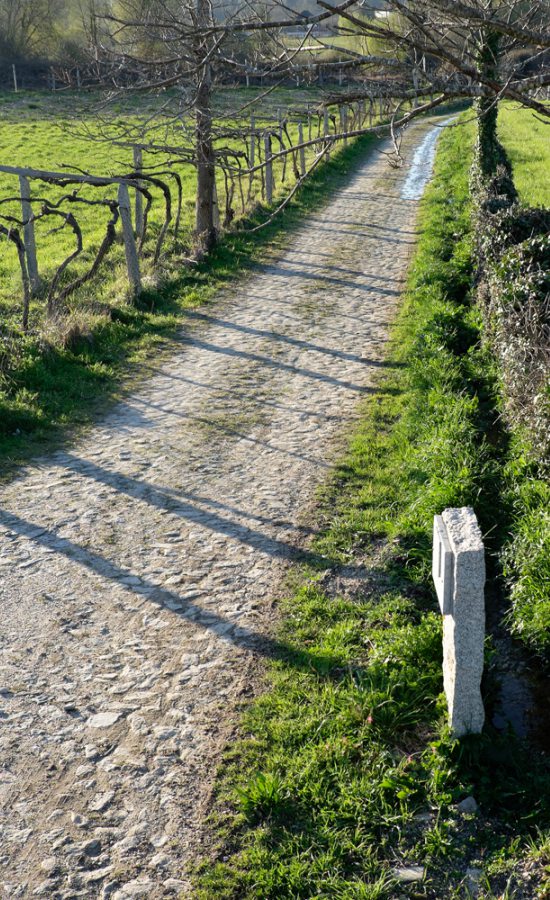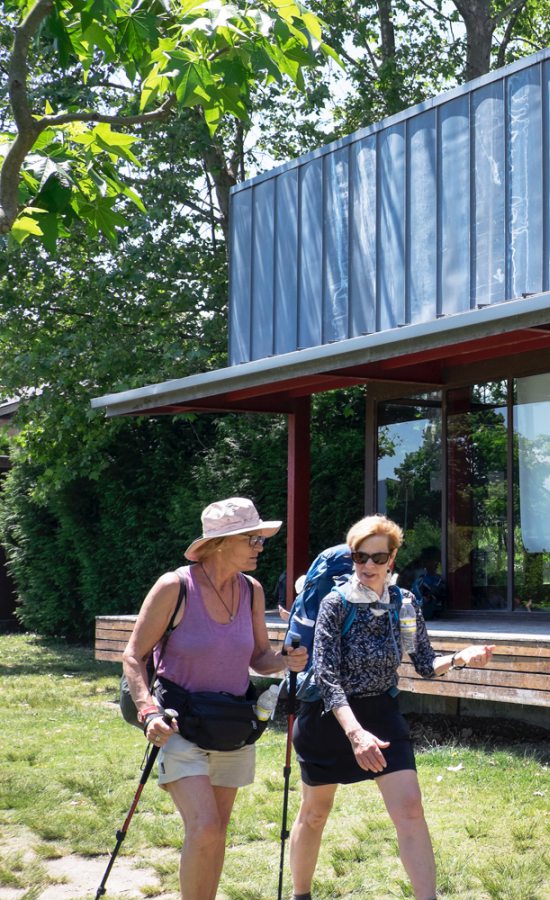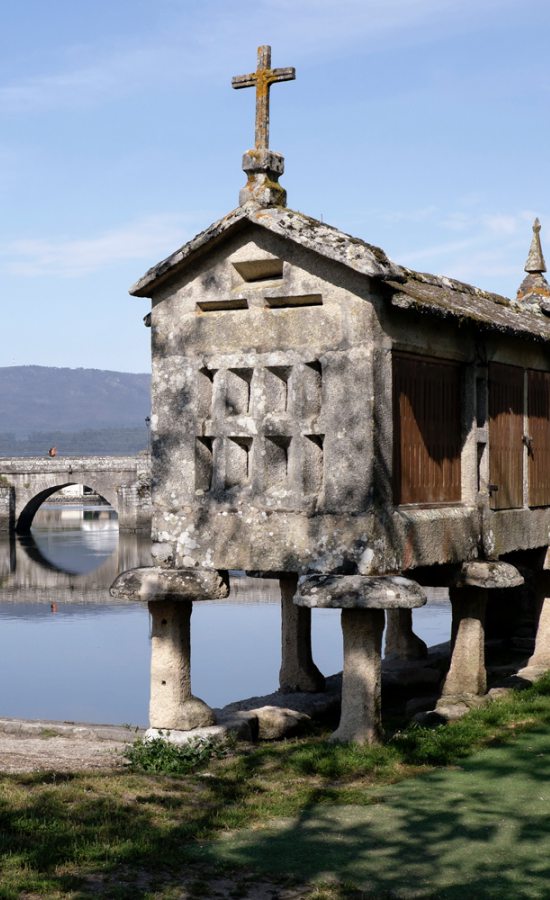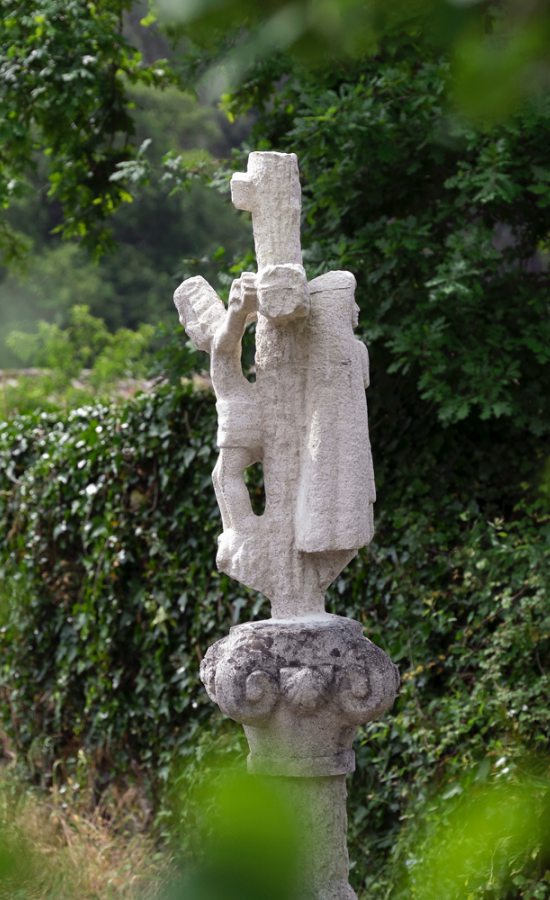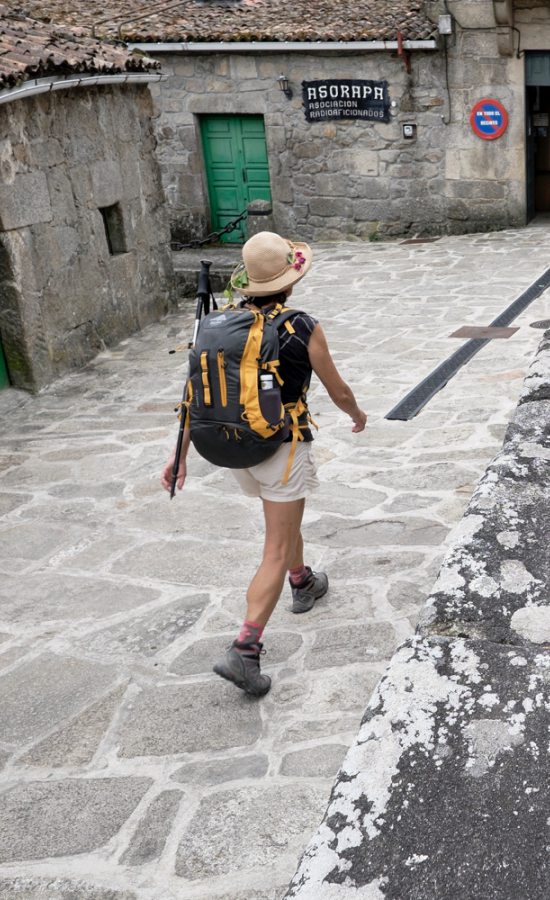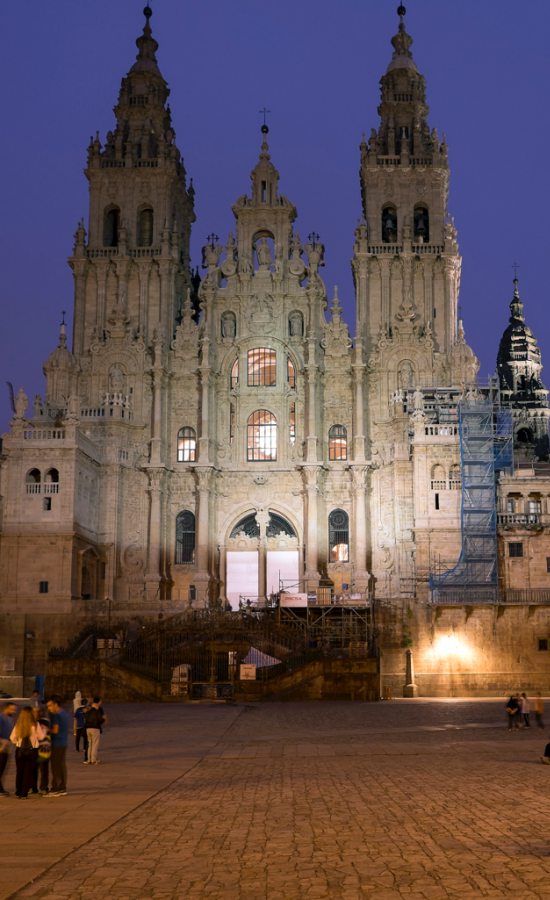Stages
The itinerary followed by Torres is known from the places where he spent the night, or about which he left a written memory. Through difficult and poorly paved roads, the poet highlighted the severity of the itinerary, the harshness of the people and the desolation of the landscape. More than two and a half centuries later, Luís António Quintales transformed Torres' account into a Way of Saint James adapted to the needs of today's Jacobean pilgrimages. Favouring paths that strengthen the relationship with each region's characteristic nature, respecting local heritage and ecological values, a first marking was made and a reference website was created with abundant information and GPS tracks. In 2016, 5 Intermunicipal Communities of Northern Portugal (Douro, Tâmega e Sousa, Ave, Cávado, and Alto Minho) got together to develop the cultural and touristic valorisation programme for the Torres Way. Between Ponte do Abade (Sernancelhe) and the international crossing of the Minho River (Valença), along almost 235 kilometres and covering 15 municipalities, the project deepened the historical content of that itinerary, thus reinforcing its authenticity, equipped the route with qualified and standardised signs and provided interpretation and guidance materials for all the pilgrims who wish to reach Santiago de Compostela, leaving Salamanca and passing through the north of Portugal, along this unique way with a singular beauty and a strong historical background.
Stages - Stages
- The Way -
- Stages
